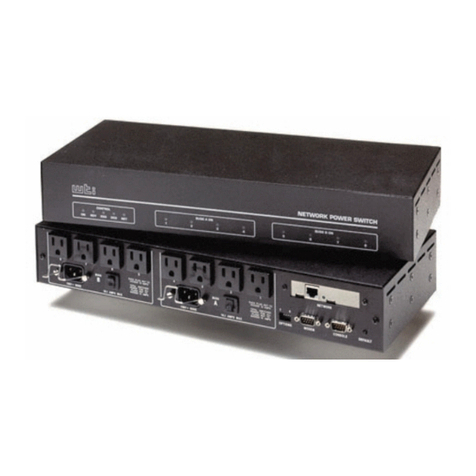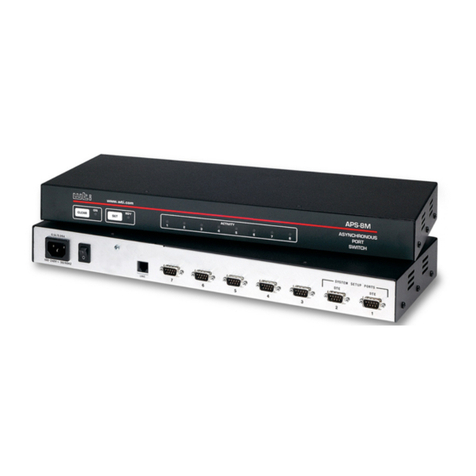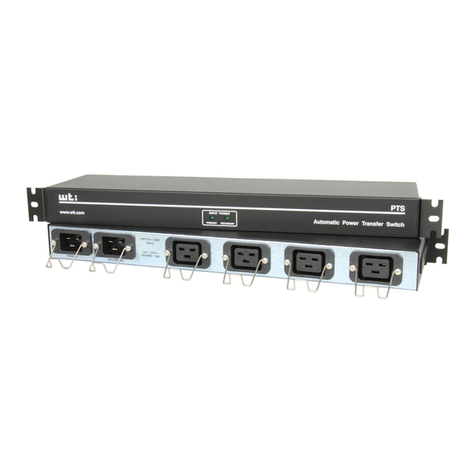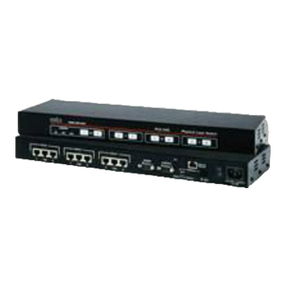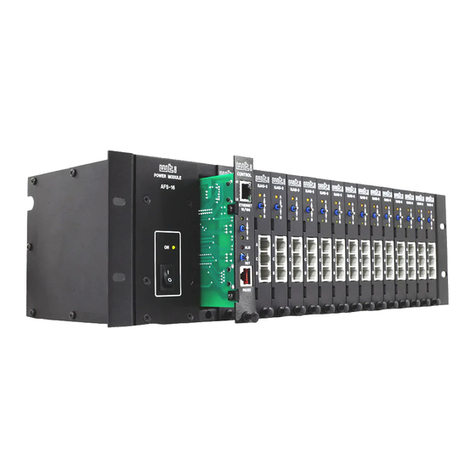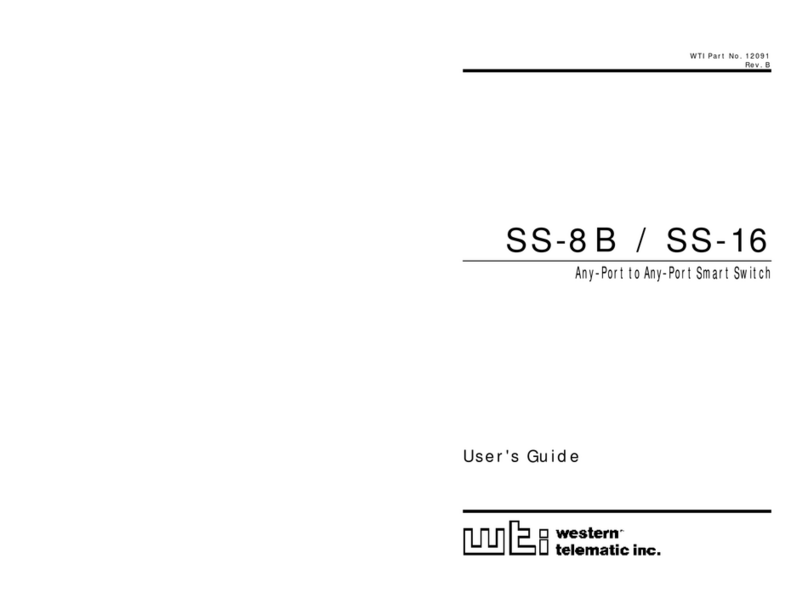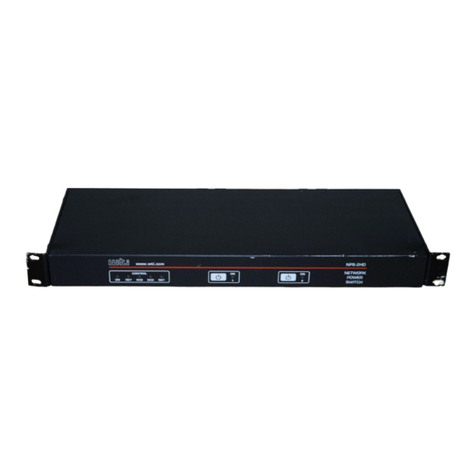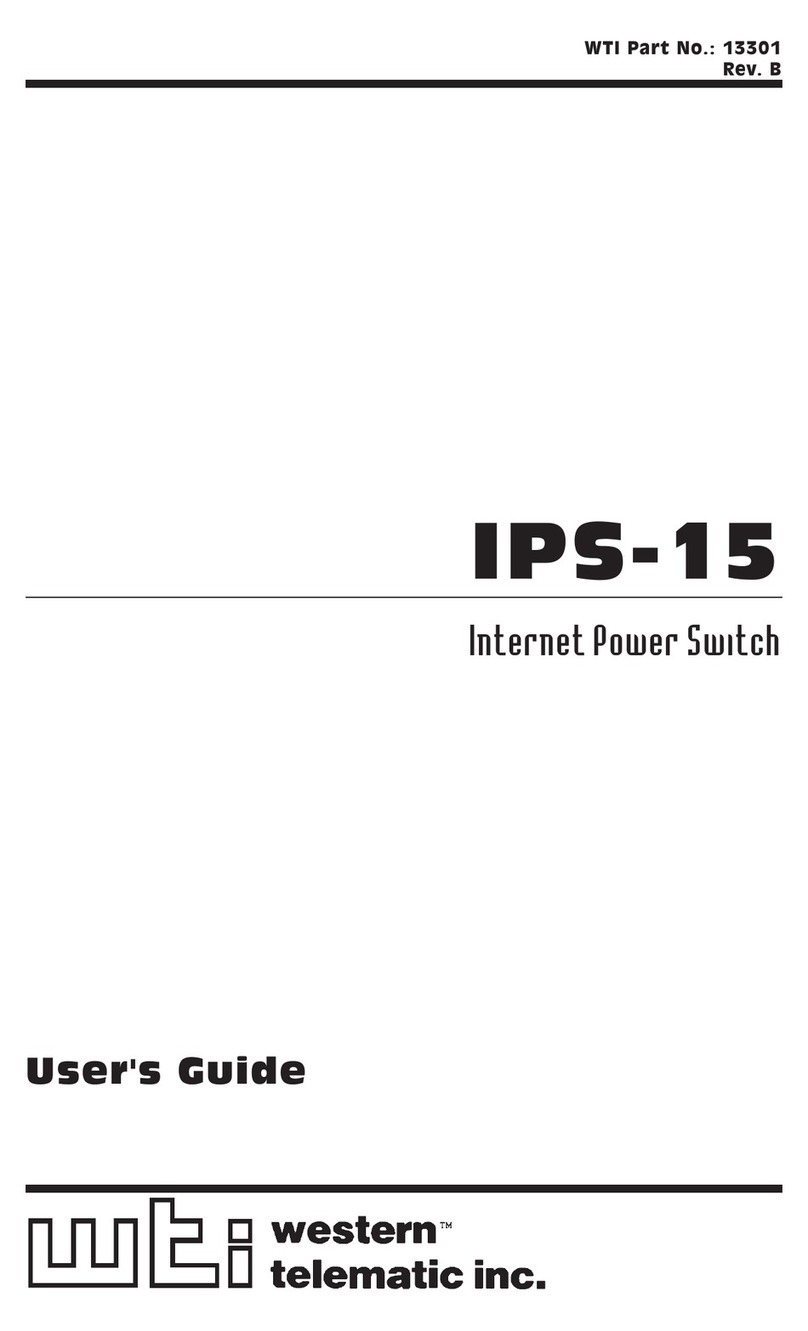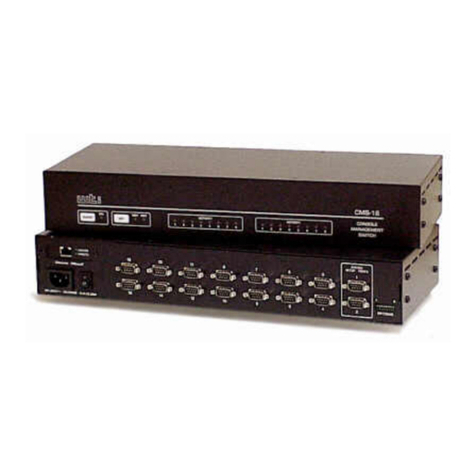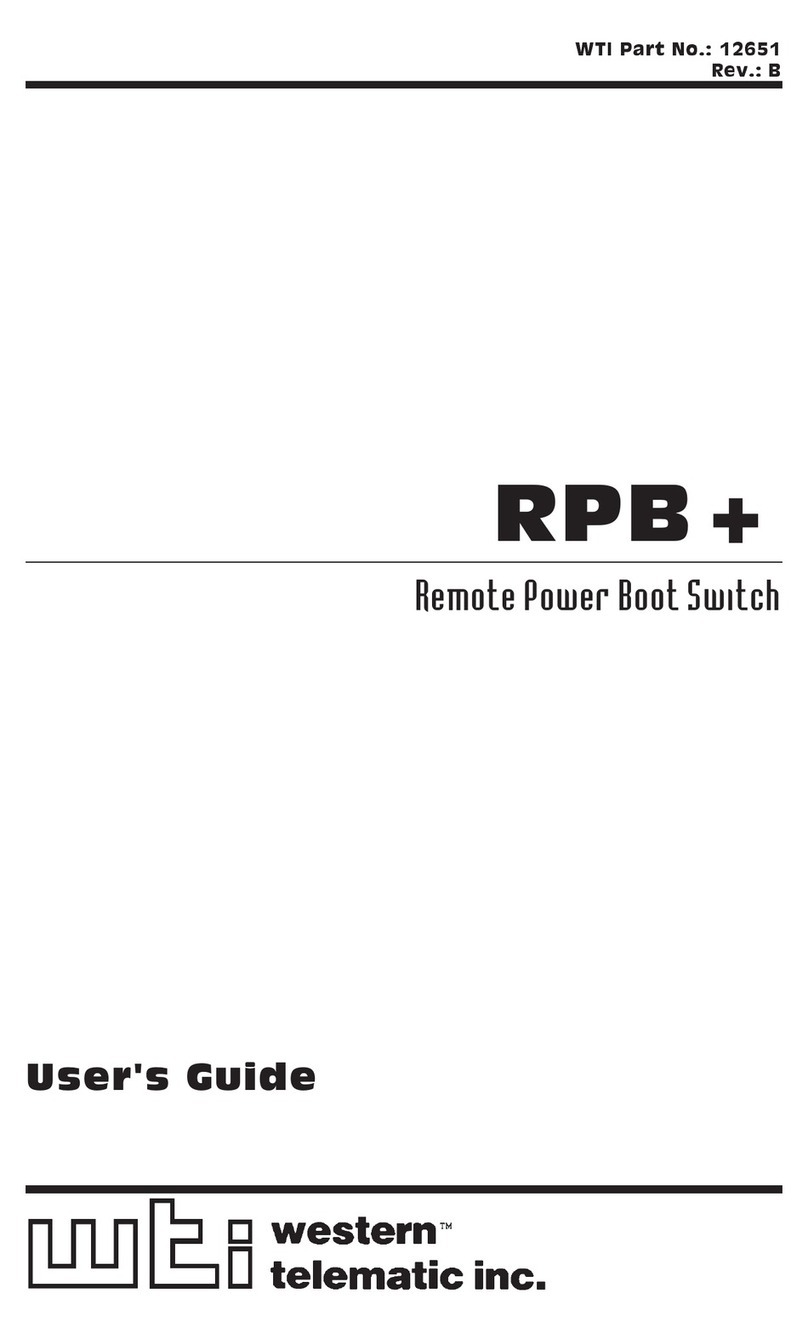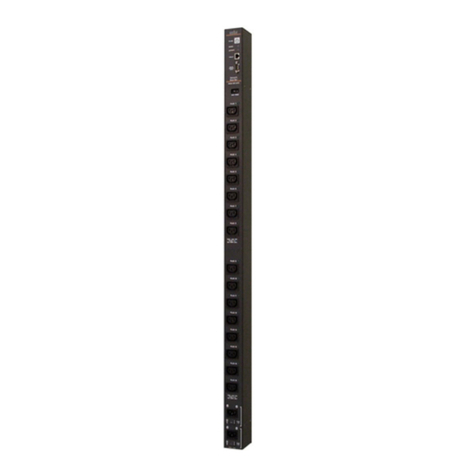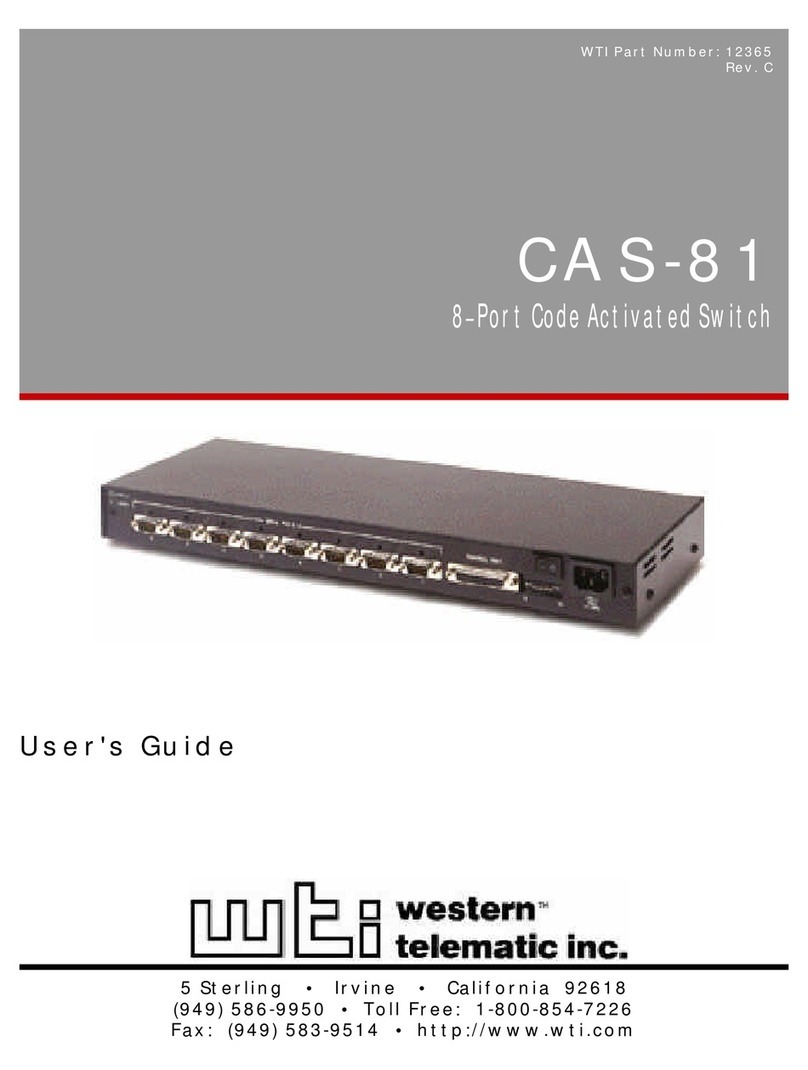WTI RAB-14A User manual
Other WTI Switch manuals
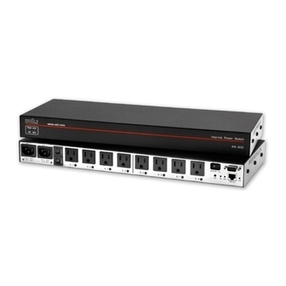
WTI
WTI IPS-800 User manual
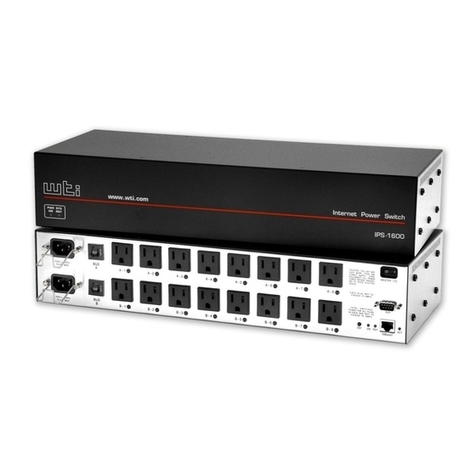
WTI
WTI IPS-1600 User manual
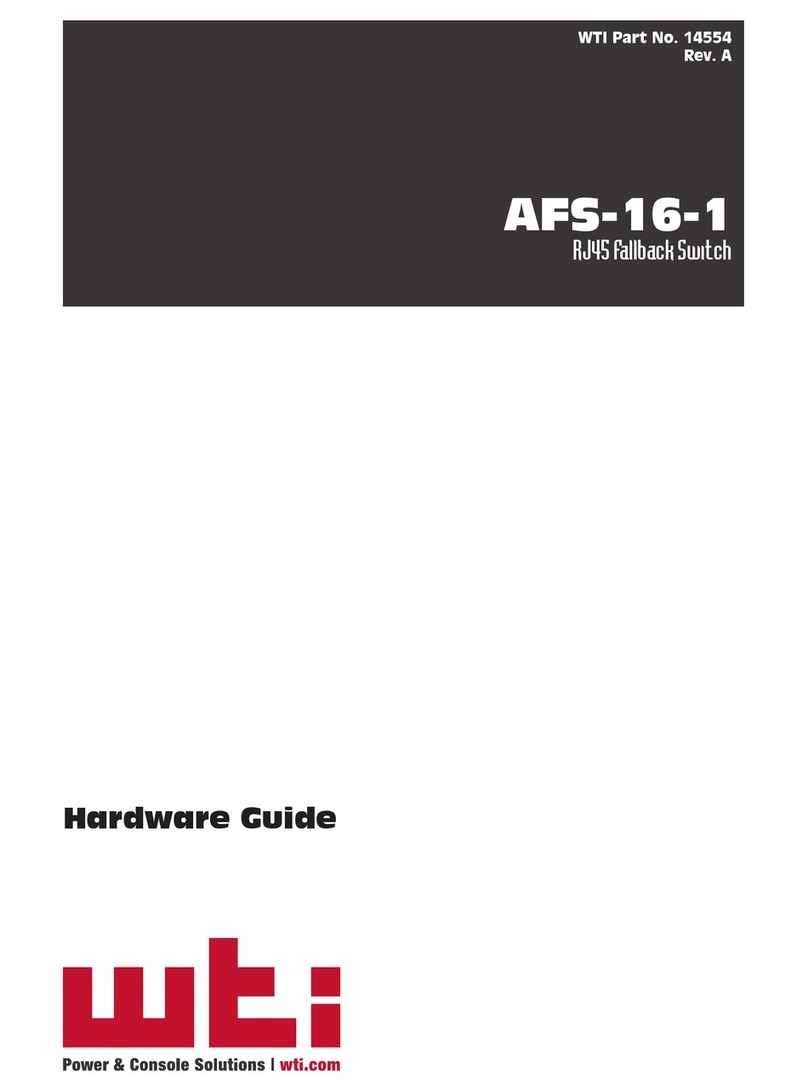
WTI
WTI AFS-16-1 Installation instructions
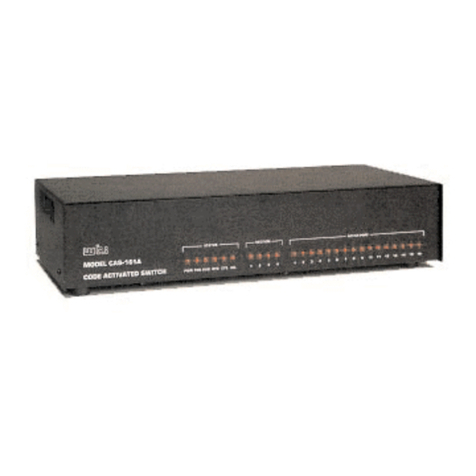
WTI
WTI CAS-161A User manual
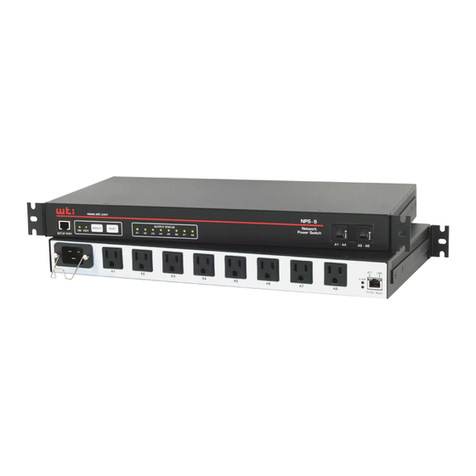
WTI
WTI NPS-4HS15 Series Installation instructions
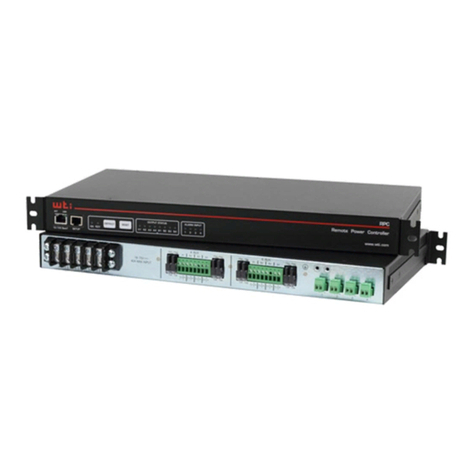
WTI
WTI RPC-40L8A4 Series User manual

WTI
WTI APS-16 User manual

WTI
WTI IPS-15 User manual
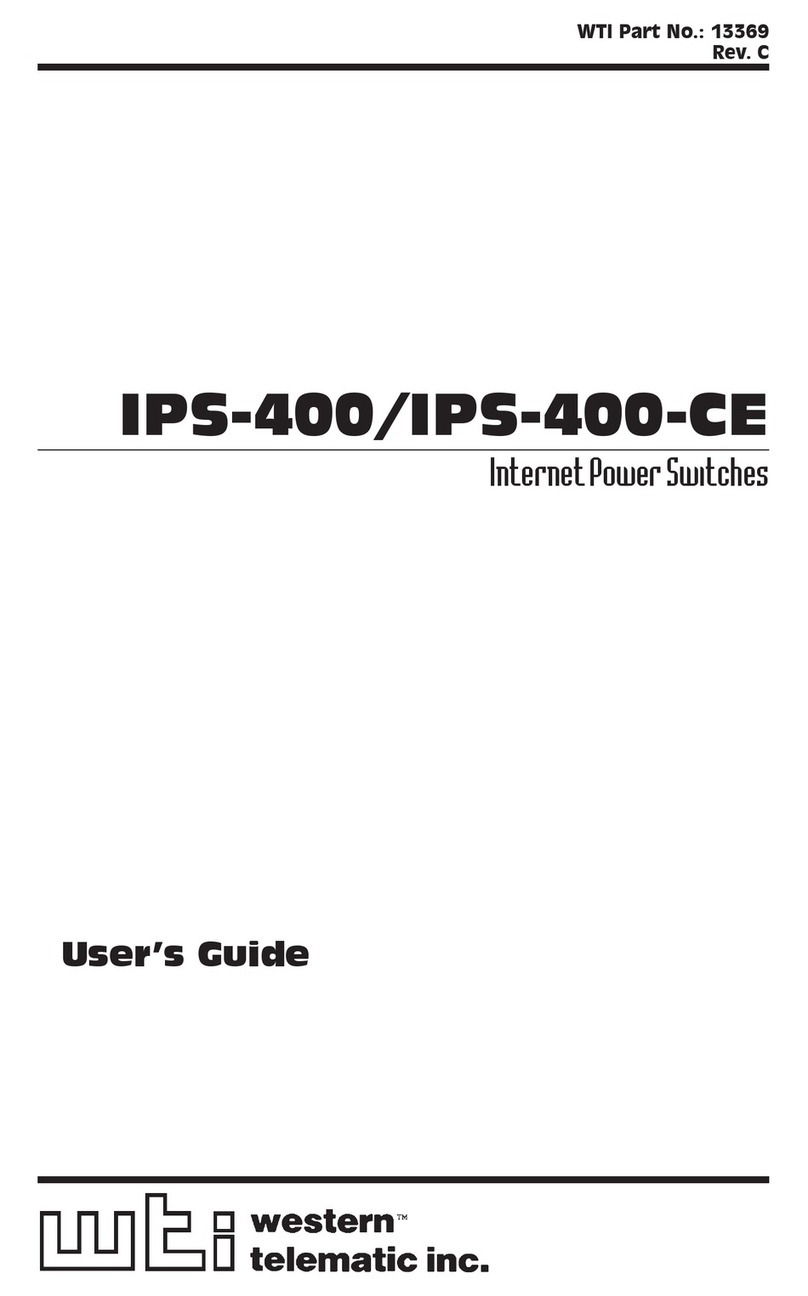
WTI
WTI IPS-400 User manual
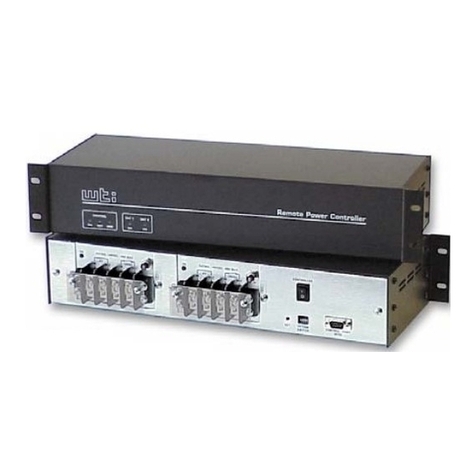
WTI
WTI Net Reach RPC-4840N User manual
Popular Switch manuals by other brands

SMC Networks
SMC Networks SMC6224M Technical specifications

Aeotec
Aeotec ZWA003-S operating manual

TRENDnet
TRENDnet TK-209i Quick installation guide

Planet
Planet FGSW-2022VHP user manual

Avocent
Avocent AutoView 2000 AV2000BC AV2000BC Installer/user guide

Moxa Technologies
Moxa Technologies PT-7728 Series user manual

Intos Electronic
Intos Electronic inLine 35392I operating instructions

Cisco
Cisco Catalyst 3560-X-24T Technical specifications

Asante
Asante IntraCore IC3648 Specifications

Siemens
Siemens SIRIUS 3SE7310-1AE Series Original operating instructions

Edge-Core
Edge-Core DCS520 quick start guide

RGBLE
RGBLE S00203 user manual

